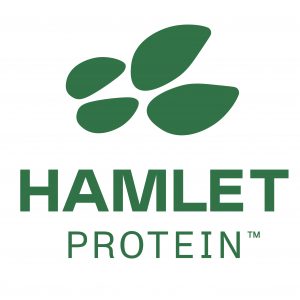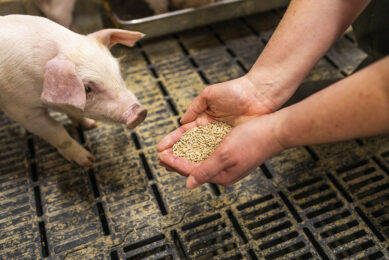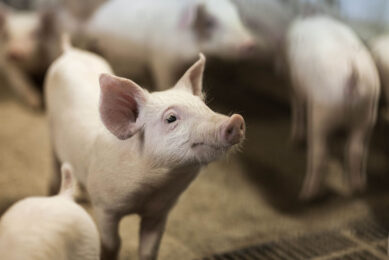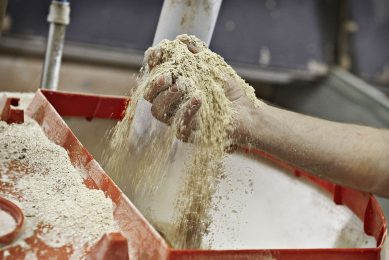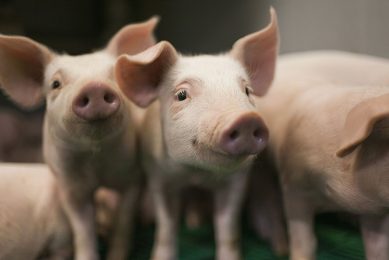Cut indigestible protein – and do piglet health a favour
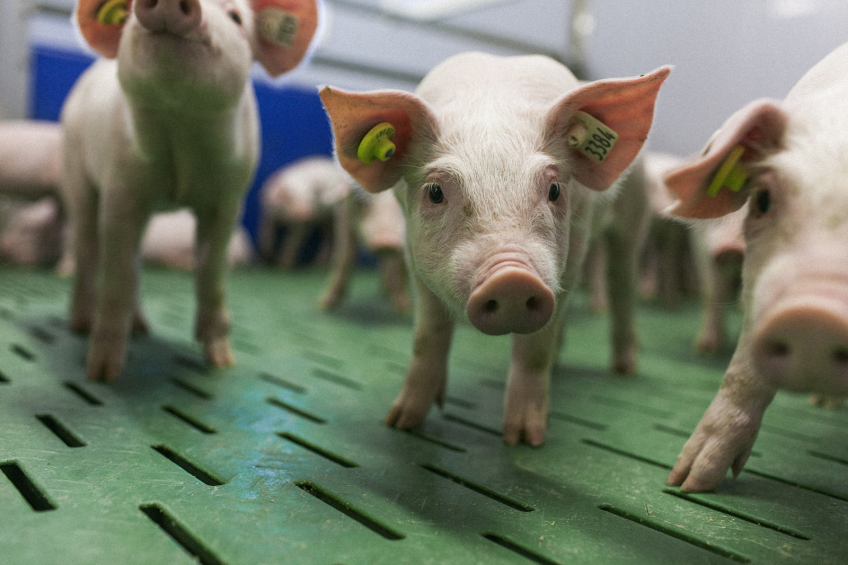
Another equally important parameter often receives less attention. That is the amount of undigested nutrients in feed and their effect on animal health. Due to the comparative vulnerability of their gut, piglets are of particular interest in this regard.
Protein is among the nutrients that both have an easily digestible part and a fraction that passes through the digestive tract without being absorbed.
As the most expensive of the major nutrients in feed, it is critical to feed manufacturers and farmers that the protein they use is as digestible as possible. Financial considerations aside, undigested protein is also a potential cause of gut health problems – and it costs energy when nitrogen from deaminated amino acids is removed and excreted via the liver and kidneys.
Higher vulnerability in piglets
Studies have shown that the indigestible protein fraction is higher in young piglets (<20 kg) during the first few weeks after weaning. piglets of this age are also more sensitive to anti-nutritional factors in the protein than pigs over 25 kg.
Crude protein (N x 6.25) is calculated as nitrogen from amino acids and from non-protein nitrogen (NPN). As Figure 1 shows, the digestibility of the amino acid fraction varies. This causes various amounts of undigested amino acid to enter the large intestine along with the NPN fraction.
Risk of diarrhoea
Proteolytic bacteria in the gut feed on these two crude protein fractions, promoting bacteria growth and risking a microflora imbalance that can cause diarrhoea. At the same time, ammonia produced in the gut is absorbed and contributes to the nitrogen load that must be removed by the liver and excreted from the kidneys via urine. This both costs energy and diverts liver capacity away from other metabolic outputs that support growth and health.
Feed strategies that focus on minimising the indigestibility and NPN fraction of raw materials are a worthwhile investment. Risks and maintenance costs are reduced, and healthy young animal growth is in full focus.
Author: Lars Sangill Andersen


